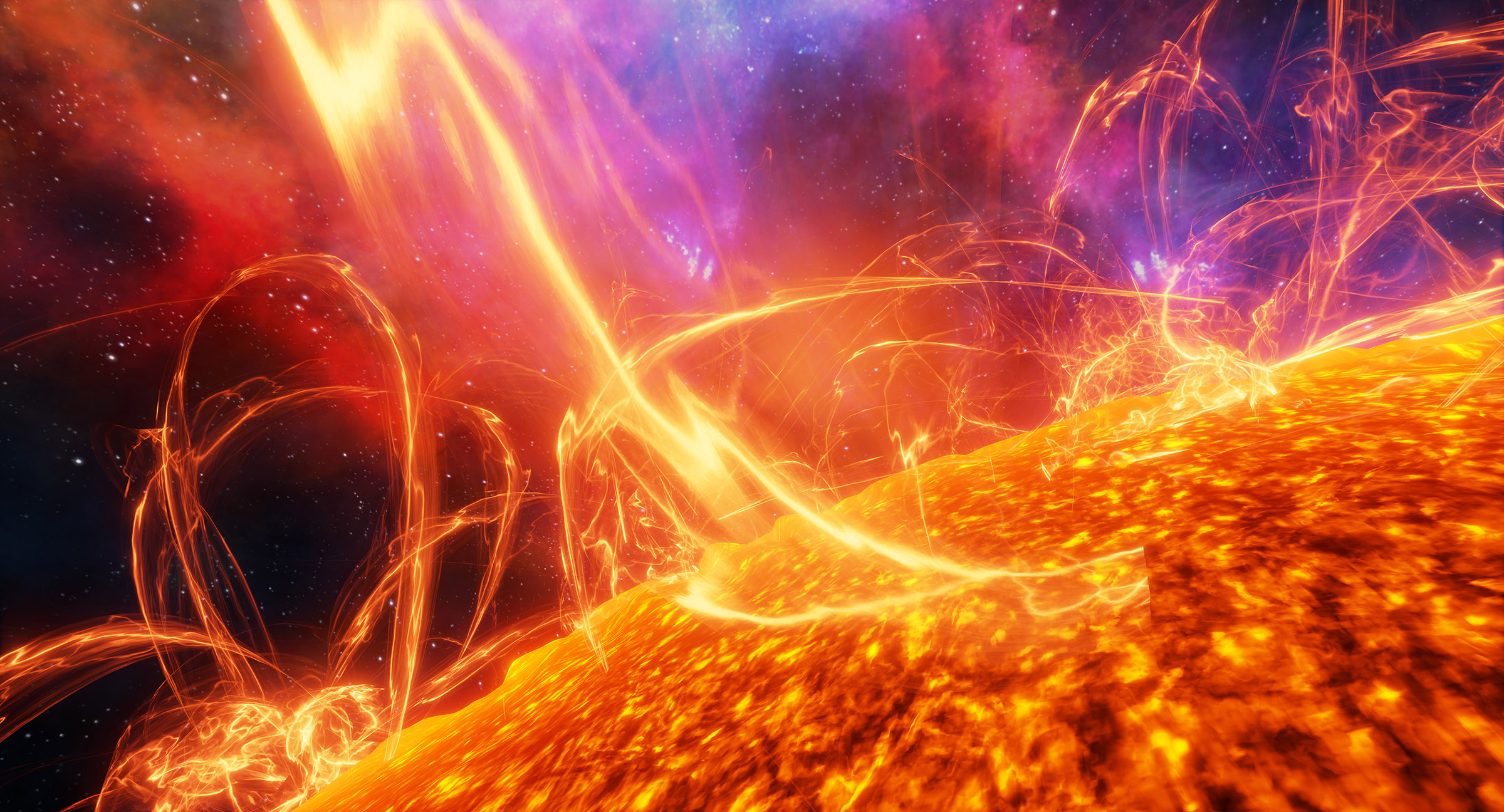Parker solar ‘landing’ will bring us closer to the Sun than ever
2024 will be a big year for NASA’s ongoing exploration and study of the Sun at the center of our solar system. According to NASA’s ongoing operations with its solar probe, the agency plans to complete a “solar landing” with the Parker spacecraft.
Of course, it is worth noting that this solar “landing” won’t actually be a landing. The surface of our solar system’s star is not a solid object that we can really land a spacecraft on, as it is entirely too hot for anything to get that close. However, NASA has described the upcoming approach as being like “touching the star.”
The ultra-close approach will be the second time that the Parker solar probe has completed such a monumental exploration goal, with the first happening when the probe touched the sun’s atmosphere for the first time. Parker has also set multiple records for its exploration feats, and will no doubt continue to do so going forward. The mission will hopefully help us gain a deeper understanding of the sun, and it will put the probe closer to the sun’s surface than anything before it.
But pulling off a solar landing like the one Parker has planned won’t be easy. The spacecraft will face intense heat and radiation on its journey, with it flying seven times closer to the sun than any spacecraft before it. This is really unprecedented and an unexplored area of travel for the probe, and NASA isn’t quite sure how it will stand up to things just yet.
However, this research is well worth the risk, as the Parker solar probe will open the door to even more data on the sun and its surface. It will help provide us with more details that we can use in future solar weather forecasting predictions, something that will become increasingly important as we head into our solar maximum in 2025.
The mission is set to complete Parker’s solar landing on December 24, 2024, when it will fly past the sun at roughly 435,000 miles per hour (via Business Insider).
2024 will be a big year for NASA’s ongoing exploration and study of the Sun at the center of our solar system. According to NASA’s ongoing operations with its solar probe, the agency plans to complete a “solar landing” with the Parker spacecraft.
Of course, it is worth noting that this solar “landing” won’t actually be a landing. The surface of our solar system’s star is not a solid object that we can really land a spacecraft on, as it is entirely too hot for anything to get that close. However, NASA has described the upcoming approach as being like “touching the star.”
The ultra-close approach will be the second time that the Parker solar probe has completed such a monumental exploration goal, with the first happening when the probe touched the sun’s atmosphere for the first time. Parker has also set multiple records for its exploration feats, and will no doubt continue to do so going forward. The mission will hopefully help us gain a deeper understanding of the sun, and it will put the probe closer to the sun’s surface than anything before it.

But pulling off a solar landing like the one Parker has planned won’t be easy. The spacecraft will face intense heat and radiation on its journey, with it flying seven times closer to the sun than any spacecraft before it. This is really unprecedented and an unexplored area of travel for the probe, and NASA isn’t quite sure how it will stand up to things just yet.
However, this research is well worth the risk, as the Parker solar probe will open the door to even more data on the sun and its surface. It will help provide us with more details that we can use in future solar weather forecasting predictions, something that will become increasingly important as we head into our solar maximum in 2025.
The mission is set to complete Parker’s solar landing on December 24, 2024, when it will fly past the sun at roughly 435,000 miles per hour (via Business Insider).
